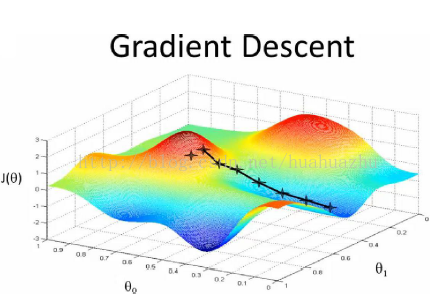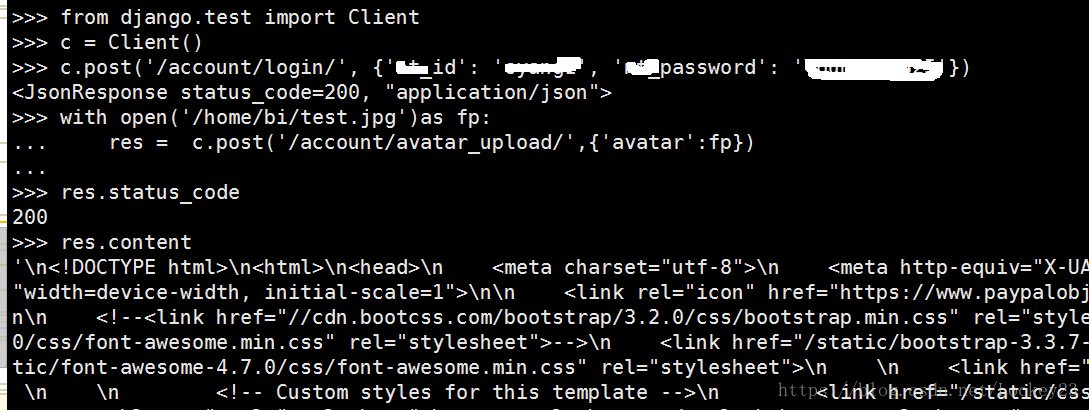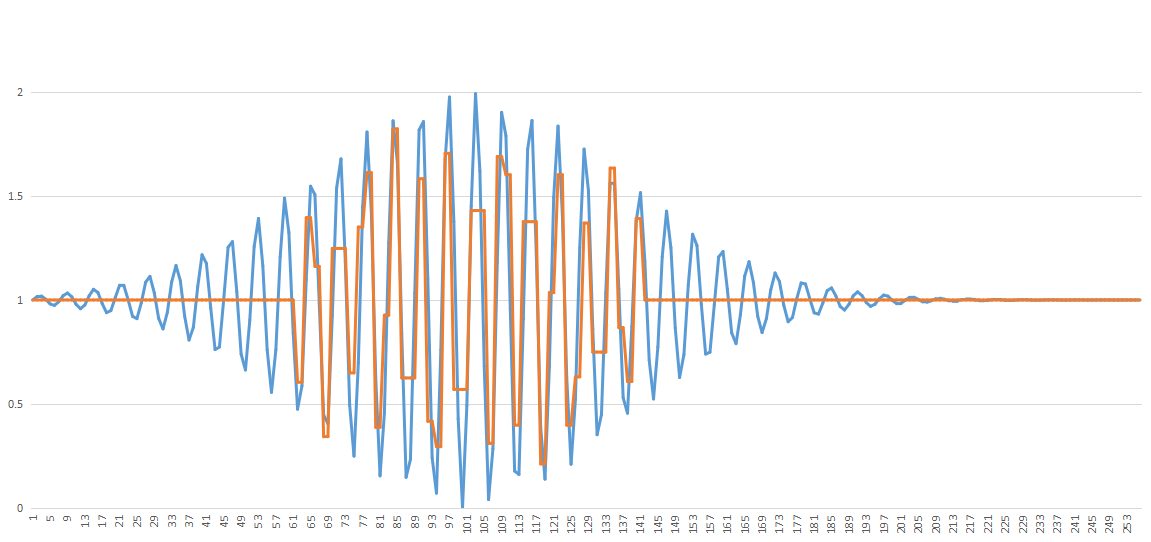让你Python到很爽的加速递归函数的装饰器
今天我们会讲到一个[装饰器]
注记:链接“装饰器”指Python3教程中的装饰器教程。可以在这里快速了解什么是装饰器。
@functools.lru_cache——进行函数执行结果备忘,显著提升递归函数执行时间。
示例:寻找宝藏。在一个嵌套元组tuple或列表list中寻找元素'Gold Coin'
import time
from functools import lru_cache
def find_treasure(box):
for item in box:
if isinstance(item, (tuple, list)):
find_treasure(item)
elif item == 'Gold Coin':
print('Find the treasure!')
return True
start = time.perf_counter()
find_treasure(('sth', 'sth', 'sth',
('Bad Coin', 'normal coin', 'fish', 'sth', 'any sth'),
('Bad Coin', 'normal coin', 'fish', 'sth', 'any sth'),
'Gold Coin', ))
end = time.perf_counter()
run_time_without_cache = end - start
print('在没有Cache的情况下,运行花费了{} s。'.format(run_time_without_cache))
@lru_cache()
def find_treasure_quickly(box):
for item in box:
if isinstance(item, (tuple, list)):
find_treasure(item)
elif item == 'Gold Coin':
print('Find the treasure!')
return True
start = time.perf_counter()
find_treasure_quickly(('sth', 'sth', 'sth',
('Bad Coin', 'normal coin', 'fish', 'sth', 'any sth'),
('Bad Coin', 'normal coin', 'fish', 'sth', 'any sth'),
'Gold Coin', ))
end = time.perf_counter()
run_time_with_cache = end - start
print('在有Cache的情况下,运行花费了{} s。'.format(run_time_with_cache))
print('有Cache比没Cache快{} s。'.format(float(run_time_without_cache-run_time_with_cache)))
最终输出
Find the treasure!
在没有Cache的情况下,运行花费了0.0002182829999810565 s。
Find the treasure!
在有Cache的情况下,运行花费了0.00011638000000857573 s。
有Cache比没Cache快0.00010190299997248076 s。
注记:运行这个示例时我的电脑配置如下
CPU:AMD Ryzen 5 2600 RAM:Kingston HyperX 8Gigabytes 2666
约使用7个月。
这个装饰器可以在函数运行时记录它的输入值与运行结果。当元组('Bad Coin', 'normal coin', 'fish', 'sth', 'any sth')出现第二次时,加了这个装饰器的函数find_the_treasure_quickly不会再次在递归时对这个元组进行查找,而是直接在“备忘录”中找到运行结果并返回!
总结
以上所述是小编给大家介绍的让你Python到很爽的加速递归函数的装饰器,希望对大家有所帮助,如果大家有任何疑问请给我留言,小编会及时回复大家的。在此也非常感谢大家对【听图阁-专注于Python设计】网站的支持!


